On the Passover menu: Matzo, memories and the meaning of it all
If you’re planning on attending a Passover Seder — the first evening of the eight-day holiday is April 5 this year — you’ll be taking part in perhaps the most widely observed of all Jewish traditions. And though the food, including the only matzo-horseradish-apples-and-nuts sandwich you’re likely to eat all year, is delicious, that’s not the reason so many people participate.
“Many people have a tradition to always invite someone who’s a newbie to the Seder,” says Rabbi Jim Stoloff, spiritual leader at Temple Avodat Shalom in River Edge, referring to the ceremonial dinner commemorating the Jews’ escape from Egypt as told in the Bible’s Book of Exodus. “At my family's Seder, we're often outnumbered by people who are not Jewish.”
Because participants don’t need to go to a temple for the Seder and hosts can be flexible on start times and duration, the observation “has great accessibility,” he says. “I have a 1-year-old, so our family’s Seder will start by 5. We’ll tell a version of the story, make it fun and explore Passover’s deeper meanings over the coming years.”

And that, scholars say, is the essence of the holiday: to involve everyone present, from the oldest to the youngest, in discussions about the meaning of freedom, the role of faith in survival, the importance of gratitude, and other topics raised in the story of Moses leading the Israelites out of Egypt and through the desert for 40 years. Children's books like "The Passover Guest," "The Story of Passover" and the recently published board book "Pippa's Passover Plate" can introduce the story and provide context for very young attendees (more on that later).
“Our faith is one in which we encourage everyone to ask questions,” says Rabbi Jennifer Schlosberg of the Glen Rock Jewish Center. “It’s the foundation of who we are as a Jewish people. We’re exploring potential options, not a final answer. The journey to the answer is part of the Passover experience, not just sharing ‘Once we were slaves, and now we’re free.’”
Kids play an important role
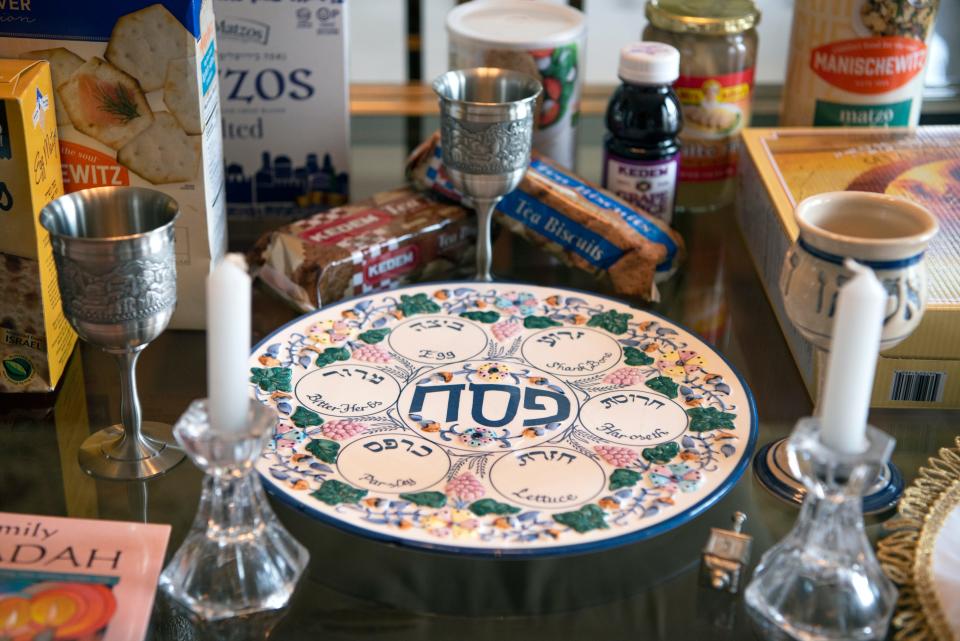
The role young children play at the Passover table is baked into the ceremony. In the Haggadah, the text participants read and recite from throughout the meal, the youngest capable child at the table is instructed to recite, “Why is this night different from all other nights?”
Then the child follows up with four questions related to the Seder’s rituals: Why do those assembled dip vegetables in salt water? (Vegetables like parsley symbolize simplicity; salt water reminds us of the tears that were shed as slaves.) Why are we eating matzo? (Jews fleeing from Egypt didn’t have time to leaven their bread.) Why are we eating bitter herbs? (Horseradish reminds us of the bitterness of slavery.) Why on this night do we eat while reclining? (It is an expression of being free.)
“Not only are we teaching our children about the history of our people and what our ancestors went through, but we can use the conversation as a springboard for talking about similar themes in our own lives,” says Schlosberg. “I like to ask people, ‘What is your personal exodus you’re experiencing right now? What are you looking forward to leaving behind that is holding you down and making you feel like a slave?’”
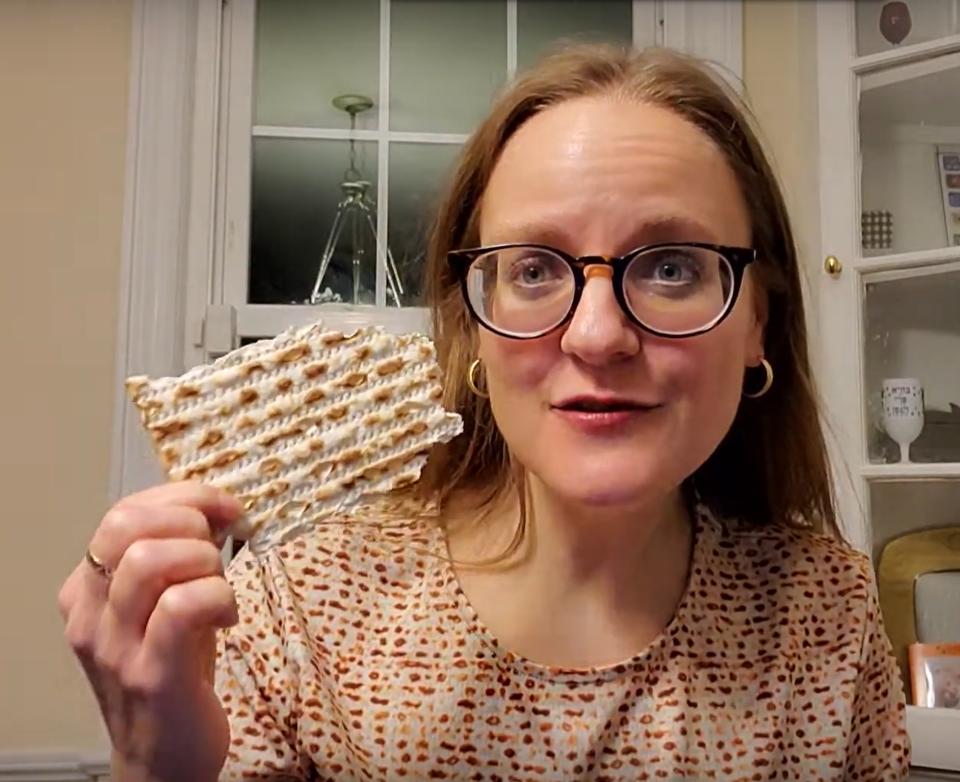
Some guests, she says, respond with “I’m leaving behind a job!” Kids might talk about how they’re being bullied; respondents of all ages could relate to concerns about feeling captive to their devices and screens. “The more interactive we make the Seder, the better it will be,” Schlosberg says.
More: Haggadahs I can't stop buying Haggadahs for my Seders. Here's why I'm obsessed with collecting them
Another conversation-starter, suggests Stoloff, could come during the reciting of the 10 plagues suffered by the Egyptians — water turning to blood, frogs, lice, all the way to the slaying of their firstborn children. Participants can make a list of 10 modern plagues, he says, though he warns that adults need to make sure the version of the story they share with kids is age-appropriate. “But kids of any age can understand the pain the Egyptians suffered,” he says.
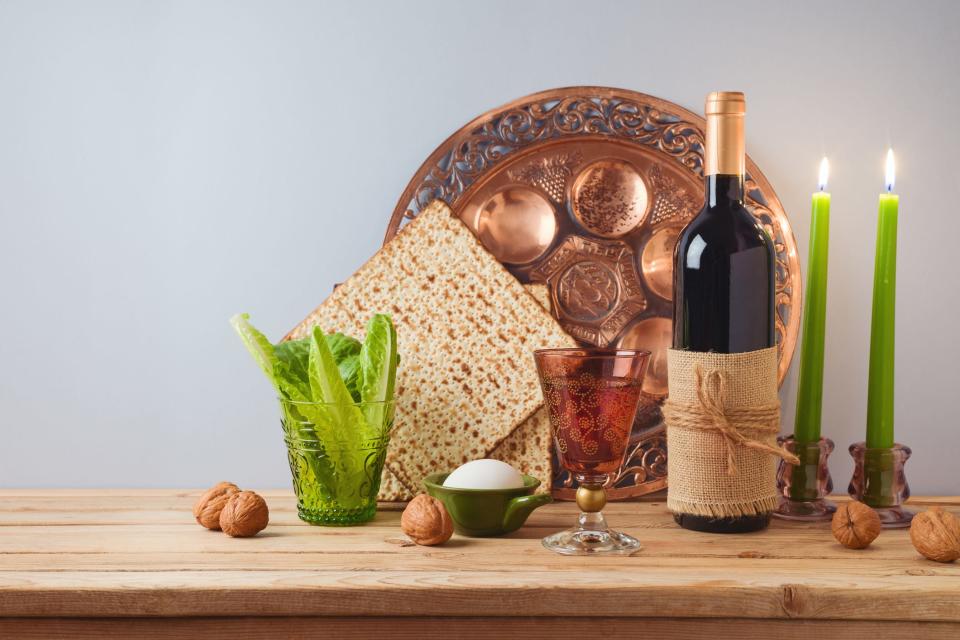
Parents who are new to doing Seders shouldn’t worry about doing it right, says Stoloff. “Just do something,” he says. “The ultimate advice,” he jokes, “is to get invited to someone else’s Seder!”
More: The power of Purim: Small actions can yield monumental outcomes | Opinion
Picture this for Passover
Picture books like these three published by Holiday House can help build anticipation and answer questions about Passover.
'Pippa's Passover Plate,' by Vivian Kirkfield, illustrated by Jill Weber (for ages 0-3 and 4-8)
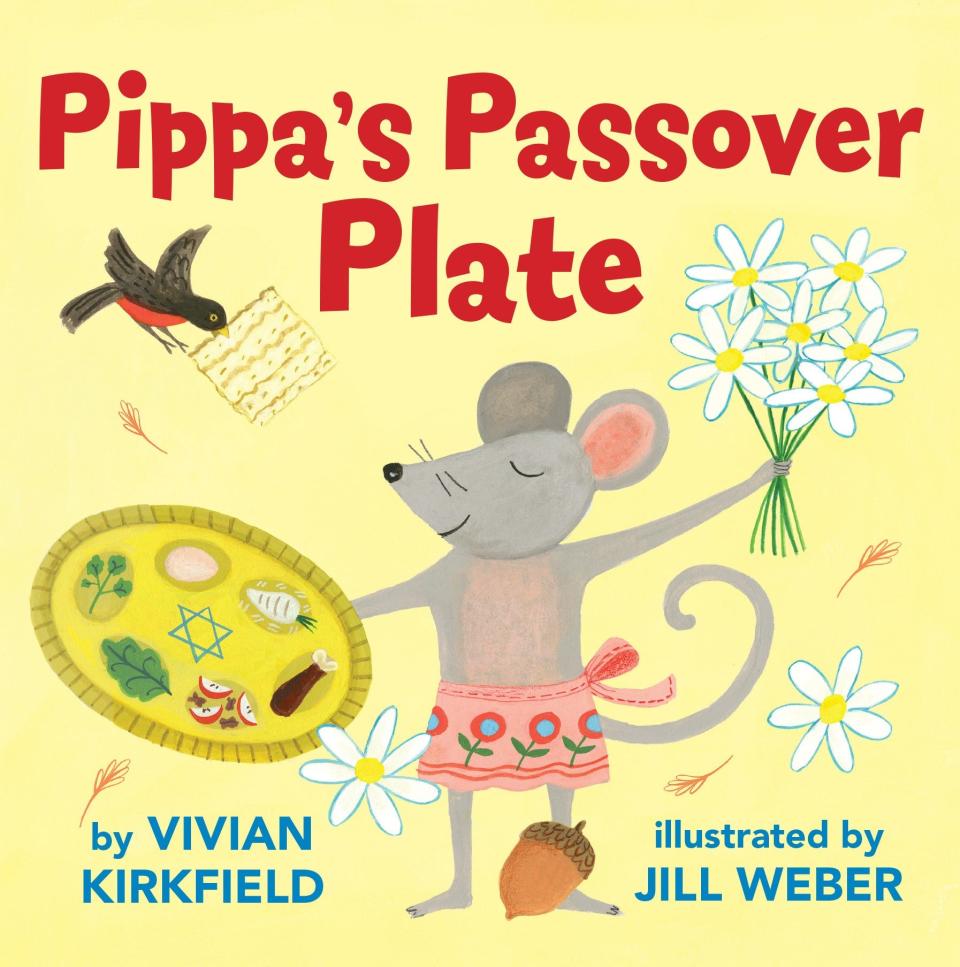
In this bright, cheerful tale told in simple rhyming text, Pippa the Mouse works hard preparing for Passover only to discover that her special Seder plate is missing. Finding it requires going outside and asking the big cat, snake, owl and fish about it. In the process, she not only finds her missing plate, but makes new friends. “Pippa understands the importance of the Passover traditions,” says author Kirkfield. “She cleans and cooks, and then invites her new friends to share the hospitality of her home.”
'The Passover Guest,' by Susan Kusel, illustrated by Sean Rubin (for ages 4-8)
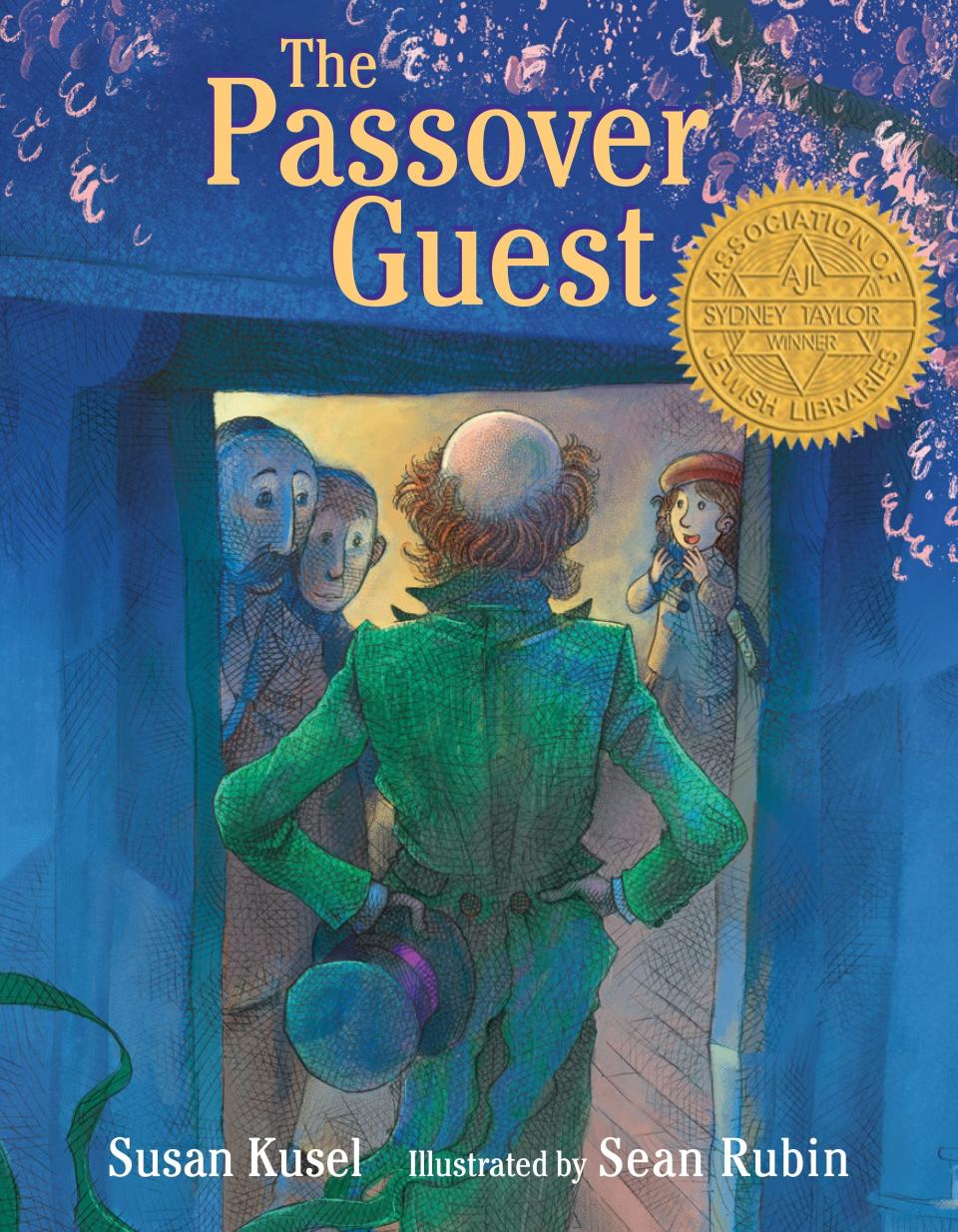
The debut effort of synagogue librarian Susan Kusel, this award-winning picture book is based on a classic Yiddish story about a magician who responds to a kind gesture by a poor little girl — in this telling in Washington, D.C., during the Great Depression — by fulfilling her desire for a bountiful Passover. “I wanted to emphasize Jewish joy, which is something we are able to see by the end of the book,” says Kusel. “I love how Passover is a joyous celebration of spring and the end of winter.”
'The Story of Passover,' by David A. Adler, illustrated by Jill Weber (for ages 4-8)
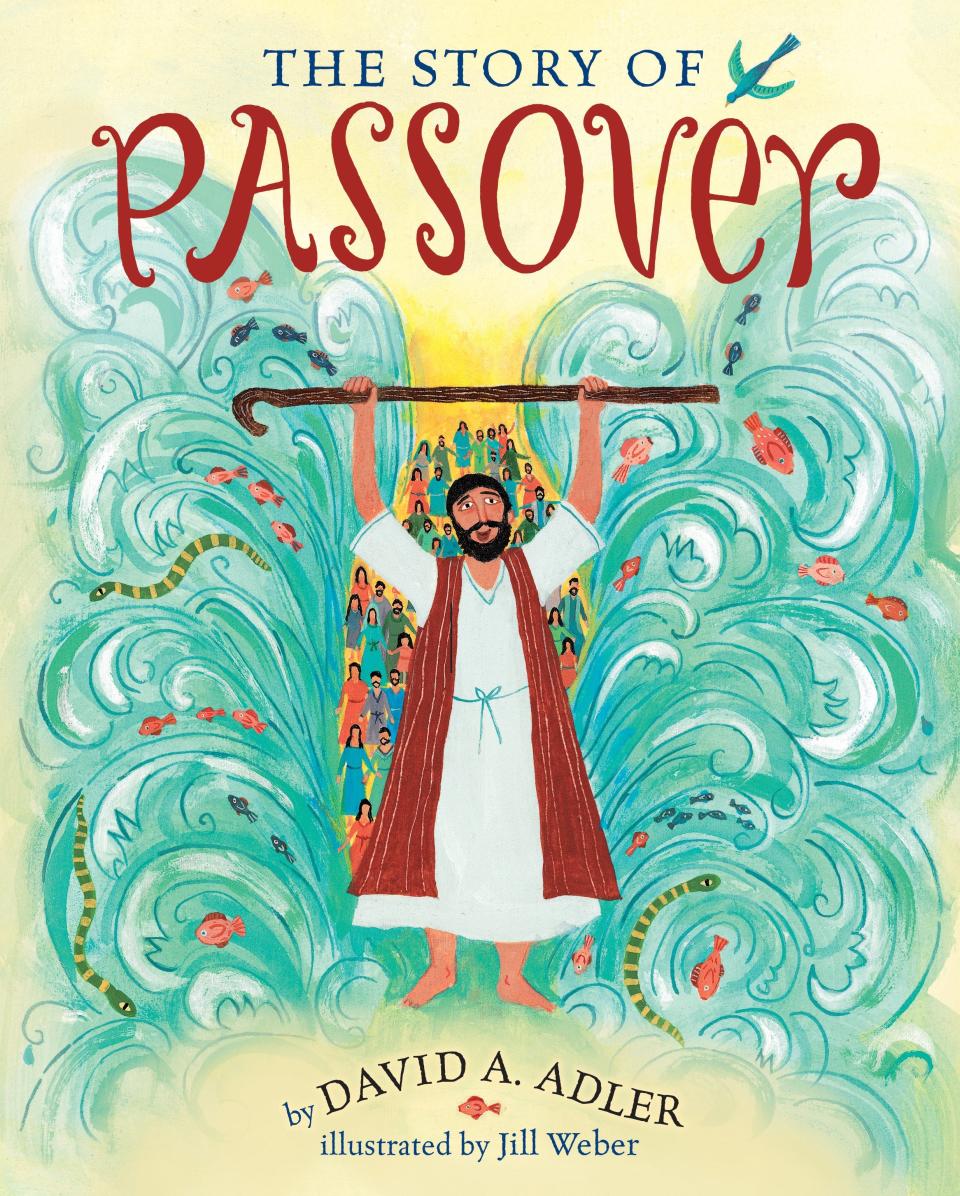
Using colorful drawings and easy-to-understand language, this book lays out the story of Passover for young readers, from Jacob settling in Egypt to the parting of the Red Sea. The text and images have been vetted for accuracy by a rabbinical authority, and the book includes an author's note about the modern Passover celebration, the Seder, and how the different parts of the meal symbolize elements of the story. “Passover is a joyful holiday with children at the very center of the celebration,” says Adler. “The leader of the Seder is instructed to teach them the traditions and the history of the holiday.”
This article originally appeared on NorthJersey.com: Passover traditions give kids key role in the ceremony.

